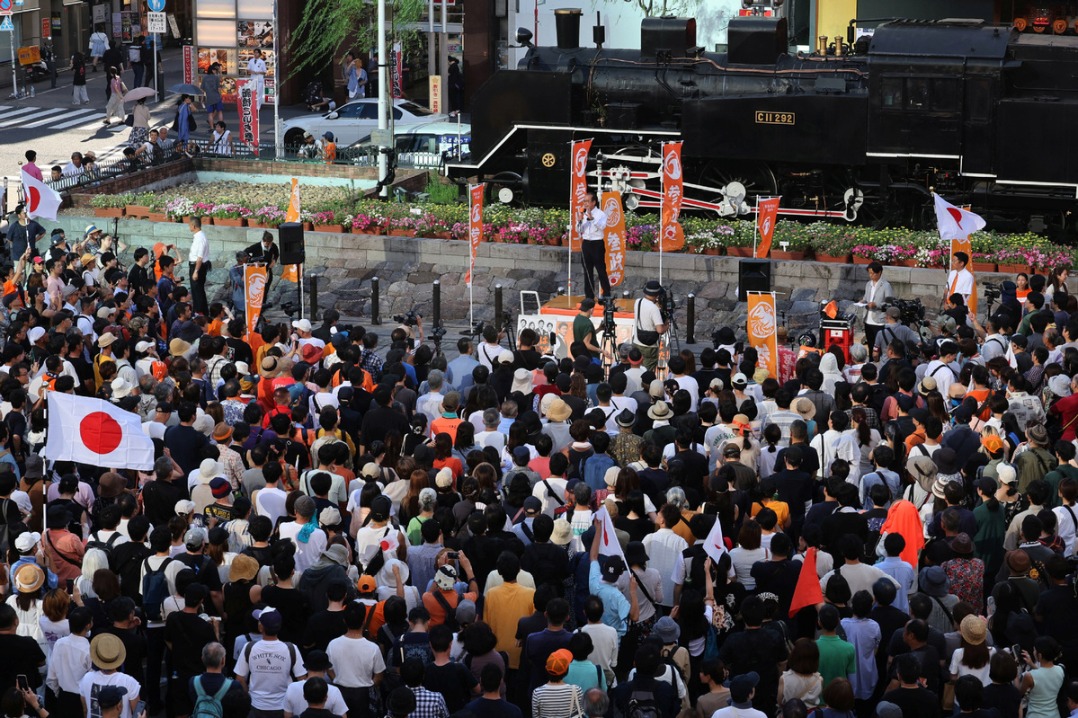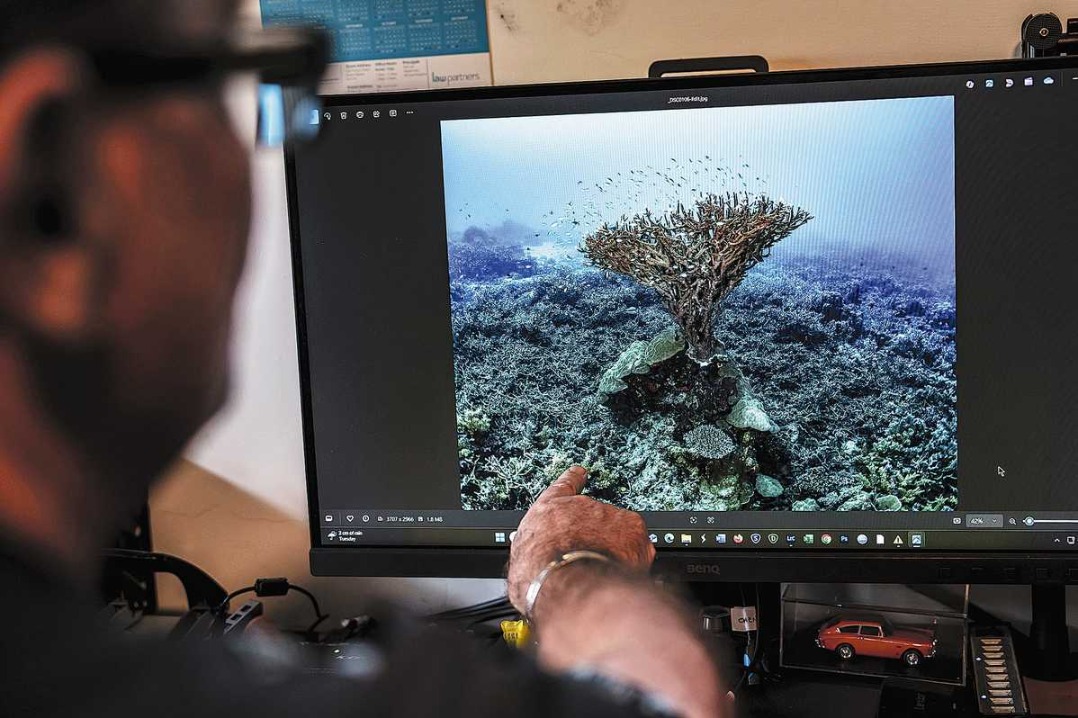Air India finds 'no problems' with fuel switches of Boeing planes during inspection

Upon completing latest round of inspections of its Boeing planes on government decree, Air India has found "no problems" with the locking mechanisms of the planes' fuel switches, which were involved in a tragic crash of an Air India jet in Ahmedabad last month.
The inspections were conducted on Air India's Boeing 787 and Air India Express's Boeing 737 planes on the orders of the country's directorate-general of civil aviation, following the disaster of London-bound Air India Boeing 787 Dreamliner soon after takeoff from the western Indian city of Ahmedabad on June 12, killing 260 people, including 19 on the ground.
Air India -- India's flagship carrier, said on Tuesday: "During the inspections, no problems were found with the said locking mechanism. Air India had started voluntary inspections on July 12, and completed them within the prescribed time limit set by the director-general of civil aviation. Air India remains committed to the safety of passengers and crew members."
Last week, the Directorate General of Civil Aviation or DGCA under the Ministry of Civil Aviation ordered the inspection of the switches' locking mechanism on most of the India-registered Boeing commercial aircraft by July 21 in line with the Special Airworthiness Information Bulletin issued by the US Federal Aviation Administration in December 2018. The SAIB concerns the potential disengagement of the fuel control switch locking feature.
A preliminary report from India's Aircraft Accident Investigation Bureau said the Air India plane crashed after both its engines were starved of fuel as the two fuel control switches, which control the supply of fuel to the engine, moved from "run" to "cutoff" position within a second of each other moments after takeoff. Fuel switches have locking mechanisms that are designed to prevent accidental movement.
According to AAIB's preliminary report, one of the pilots was heard asking the other what was the reason for the "cutoff". The other pilot replied he did not do so. About 10 seconds after the fuel was cut off, the switches were moved to turn the fuel back on, but the plane did not regain power quickly enough to stop its descent, the initial report found.
The released dialogue of the pilots has sparked varied guesses and debates.
The AAIB -- a government body that investigates aircraft accidents in India -- has said it's too early to draw any conclusion, and it expects the final report to be ready within a year. Air India began a voluntary check of the switches' locking mechanism on its Boeing 787 fleet on July 12.
Air India operates a fleet of Boeing 787 twin-aisle jets on its long-haul flights, while Air India Express operates Boeing 737 single-aisle jets.
Last week, the AAIB criticized some international media for trying to draw conclusions through "selective and unverified" reporting of the Air India crash incident.
"It has come to our attention that certain sections of the international media are repeatedly attempting to draw conclusions through selective and unverified reporting. Such actions are irresponsible, especially while the investigation remains ongoing," it said.
"We urge both the public and the media to refrain from spreading premature narratives that risk undermining the integrity of the investigative process."
The AAIB statement came shortly after a report by The Wall Street Journal, claiming the audio from the cockpit voice recorder of the crashed plane said the senior pilot had cut fuel to the engines, causing a mid-air loss of thrust.
Also on Tuesday, an Air India flight from Hong Kong to New Delhi caught fire shortly after the plane landed at the Indian capital city's New Delhi's Indira Gandhi International Airport. All the passengers and crew managed to disembark without any injuries reported. The fire occurred as the passengers were leaving the aircraft.
"Flight AI 315 from Hong Kong to New Delhi experienced an auxiliary power unit fire shortly after landing and parked at the gate. It happened while the passengers began disembarking," Air India said.
The airline said the plane was slightly damaged, but the passengers and crew members are safe. "The aircraft has been grounded for further investigation and the regulator has been duly notified."
APU is a small gas turbine mounted in the tail cone of an aircraft to provide autonomous electrical and mechanical power for functions such as starting the main engines, inflight operations and emergencies, according to aviation website Skybrary.
The writer is a freelance journalist for China Daily.

































